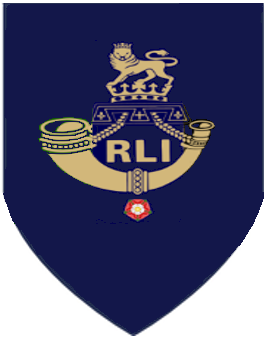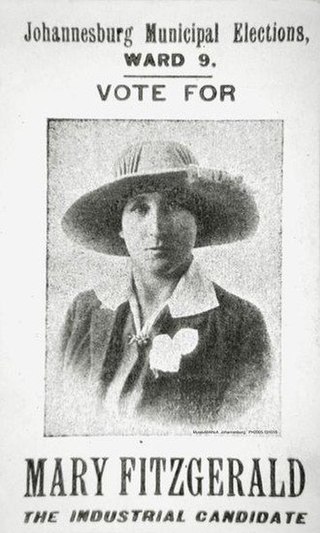
Johannesburg is a large city in Gauteng Province of South Africa. It was established as a small village controlled by a Health Committee in 1886 with the discovery of an outcrop of a gold reef on the farm Langlaagte. The population of the city grew rapidly, becoming a municipality in 1898. In 1928 it became a city making Johannesburg the largest city in South Africa. In 2002 it joined ten other municipalities to form the City of Johannesburg Metropolitan Municipality. Today, it is a centre for learning and entertainment for all of South Africa. It is also the capital city of Gauteng.

The Solomon Mahlangu Regiment is a reserve infantry regiment of the South African Army.
Lonmin plc, formerly Lonrho plc, was a British producer of platinum group metals operating in the Bushveld Complex of South Africa. It was listed on the London Stock Exchange. Its registered office was in London, and its operational headquarters were in Johannesburg, South Africa.

The Bambatha Rifles is a reserve mechanised infantry regiment of the South African Army.
Fordsburg is a suburb of Johannesburg, South Africa. It is located in Region 8. Fordsburg is a residential suburb, although housing numerous shops and factories.

The Sandfontein Artillery Regiment is a reserve artillery regiment of the South African Army.
Anglo American Platinum Limited is the world's largest primary producer of platinum, accounting for about 38% of the world's annual supply.

The Rand Light Infantry (RLI) is an infantry regiment of the South African Army. As a reserve unit, it has a status roughly equivalent to that of a British Army Reserve unit or United States Army National Guard unit.

James Thomson "JT" Bain was a socialist and syndicalist in colonial South Africa.

The Rand Rebellion was an armed uprising of white miners in the Witwatersrand region of South Africa, in March 1922. Jimmy Green, a prominent politician in the Labour Party, was one of the leaders of the strike.
The African Mine Workers' Strike was a labour dispute involving mine workers of Witwatersrand in South Africa. It started on 12 August, 1946 and lasted approximately a week. The strike was attacked by police and over the week, at least 1,248 workers were wounded and at least 9 killed.

Mary Fitzgerald was an Irish-born South African political activist and was considered to have been the first female trade unionist in the country. She was South Africa’s first female master printer. As editor of the Voice of Labour, she published articles advocating for women’s enfranchisement, racially integrated trade unions and revolutionary socialism. She played a lead role in the Black Friday Riots of 1913. She was the first woman to be elected to the Johannesburg City Council (JCC) in 1915 and later served as Deputy Mayor of Johannesburg.
On 15 November 2014 workers at South Africa's major platinum producers – Anglo American Platinum, Impala Platinum, and Lonmin – went on strike demanding that wages be immediately doubled. However, after five months of striking they settled for a more modest pay increase spread over three years. It was the longest and most expensive strike in South African history.

Benoni Commando was a light infantry regiment of the South African Army. It formed part of the South African Army Infantry Formation as well as the South African Territorial Reserve.

Standerton Commando was a light infantry regiment of the South African Army. It formed part of the South African Army Infantry Formation as well as the South African Territorial Reserve.

Sibanye-Stillwater is a multinational mining and metals processing Group with a diverse portfolio of mining and processing operations and projects and investments across five continents. The Group is also one of the foremost global PGM auto catalytic recyclers and has interests in leading mine tailings retreatment operations.

The Industrial Workers of the World or IWW (SA) had a brief but notable history in the 1910s-20s, and is particularly noted for its influence on the syndicalist movement in southern Africa through its promotion of the IWW's principles of industrial unionism, solidarity, and direct action, as well as its role in the creation of organizations such as the Industrial Workers of Africa and the Industrial and Commercial Workers' Union.

Brakpan Commando was a light infantry regiment of the South African Army. It formed part of the South African Army Infantry Formation as well as the South African Territorial Reserve.
South Africa's participation in the First World War occurred automatically when the British Government declared war on Germany in August 1914. Due to her status as a Dominion within the British Empire, South Africa, whilst having significant levels of self-autonomy, did not have the legal power to exercise an independent foreign policy and was tied to the British declaration.
Percy Fisher was an English-born South African syndicalist and trade union leader.














